Short News
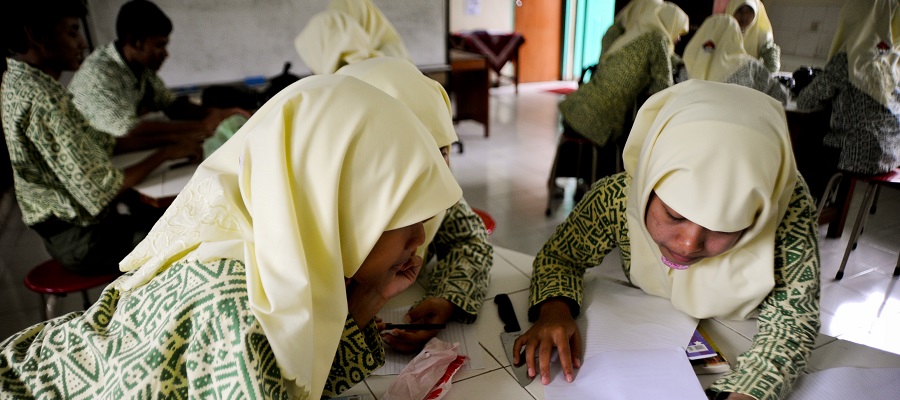
Adolescents complete school
The proportion of adolescents aged 14-16 who finish school globally has grown from 70 percent in 1990 to 84 percent now.
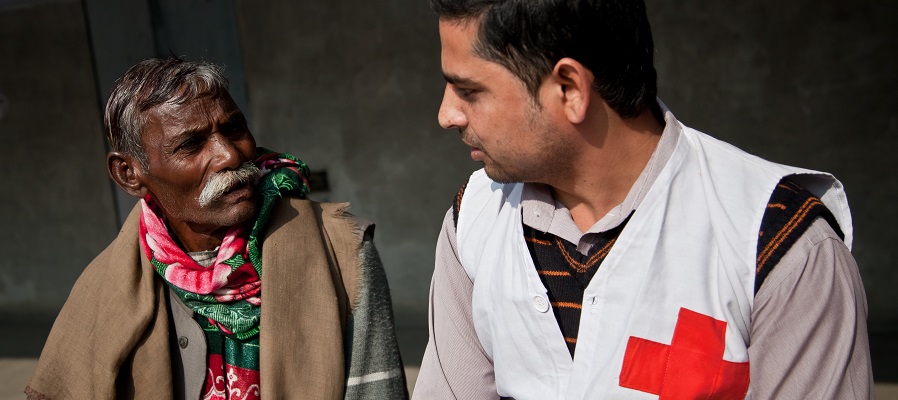
Tuberculosis is falling fast
The fight against tuberculosis is progressing fast. Now, 40 % fewer people suffer from TB than in 1990, and the death rate has fallen 45 % in the same time.
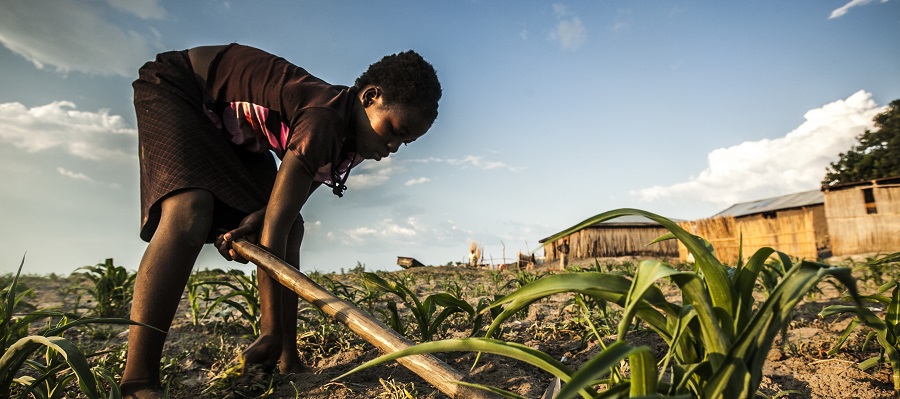
Small sums create farmland
150.000 poor households in Zambia received micro transfers in 2014, ensuring investments in land, food and education. They have increased farmland by 34%.
The ozone layer is recovering
Since 1990, ozone depleting substances has been virtually eliminated. The hole in the ozone layer is shrinking, and the layer is expected to recover in 2050.
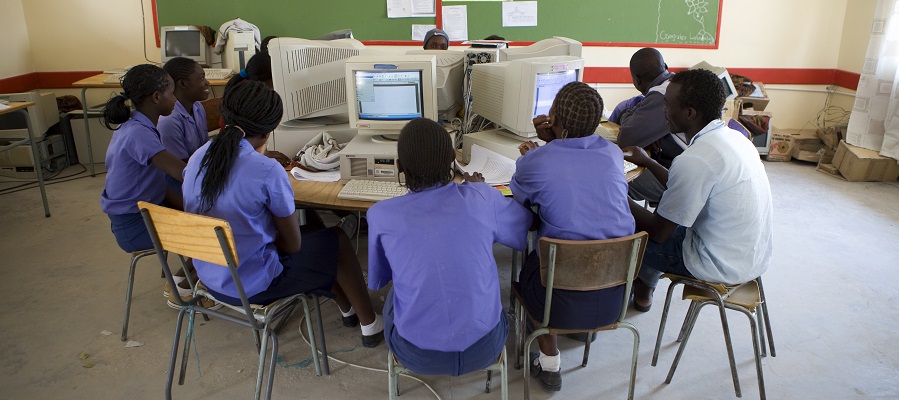
North African girls read and write
The proportion of girls in North Africa who can read and write has jumped massively. Since 1990, the number has grown from 57 to 88 percent.

China battles extreme poverty
Since 1990, the proportion of China’s extremely poor, where one lives for less than 1,25 dollars a day, has dropped 94 %, thanks to China’s economic progress.
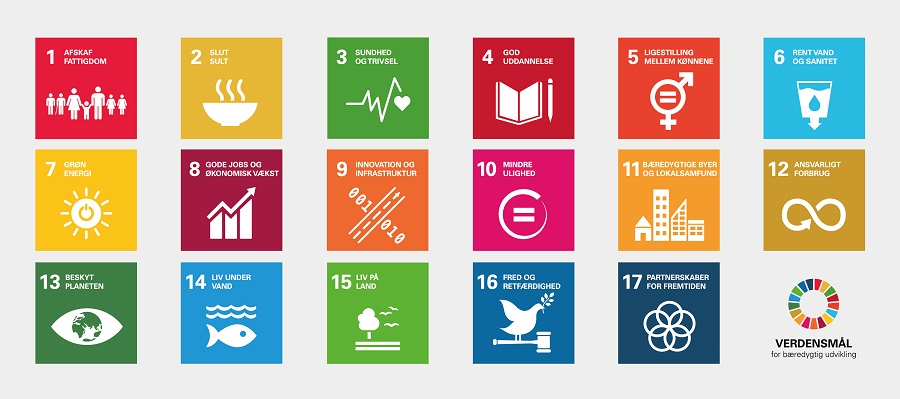
The Global Goals to end poverty
In 25 years, extreme poverty in the world has dropped 70 %, hunger and child mortality are halved. 17 new Global Goals aim to make us end poverty in 15 years.
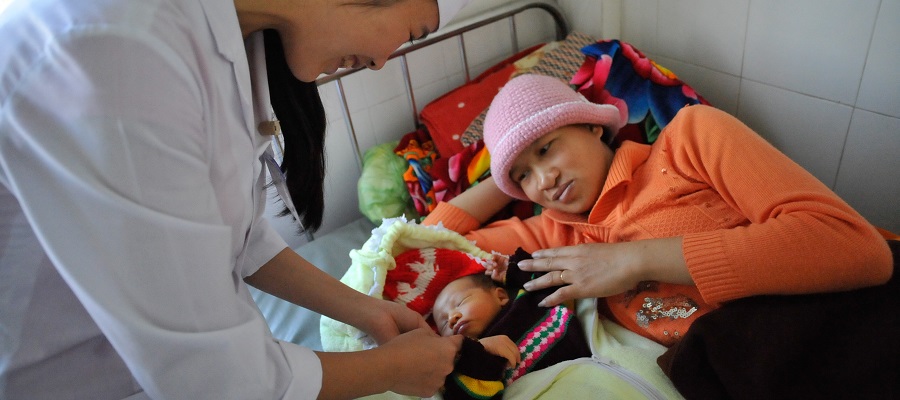
Midwifes help Asian mothers
The proportion of births attended by skilled health personal like midwifes and nurses in Southeast Asia rose from 49 to 82 percent between 1990-2014.

Upgrading Côte d’Ivoire’s farmers
50.000 rice farmers in Côte d’Ivoire have received improved seeds to improve agriculture and food safety in the West African country. They now harvest more.
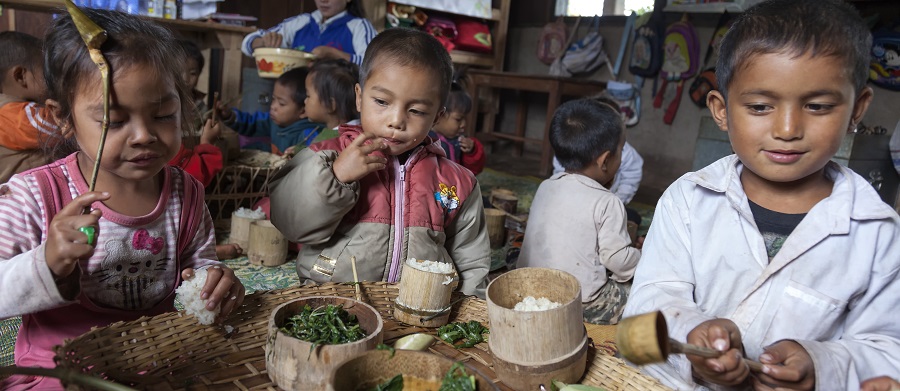
School meals keep kids in school
In 2014, WFP provided school meals to 18,2 million children in 65 countries. School meals are very important to poor children’s health and school attendance.

Mexico’s poor get health insurance
Since 2003, more than 55 million Mexicans with no social security have been covered by public helth insurance. Now, more than 72 % af Mexico’s poor are covered.

HIV cases drop 40 percent
Worldwide, the number of new HIV cases has dropped 40 percent between 2000 and 2013. It’s down from 3,5 million new cases to 2,1 million cases.